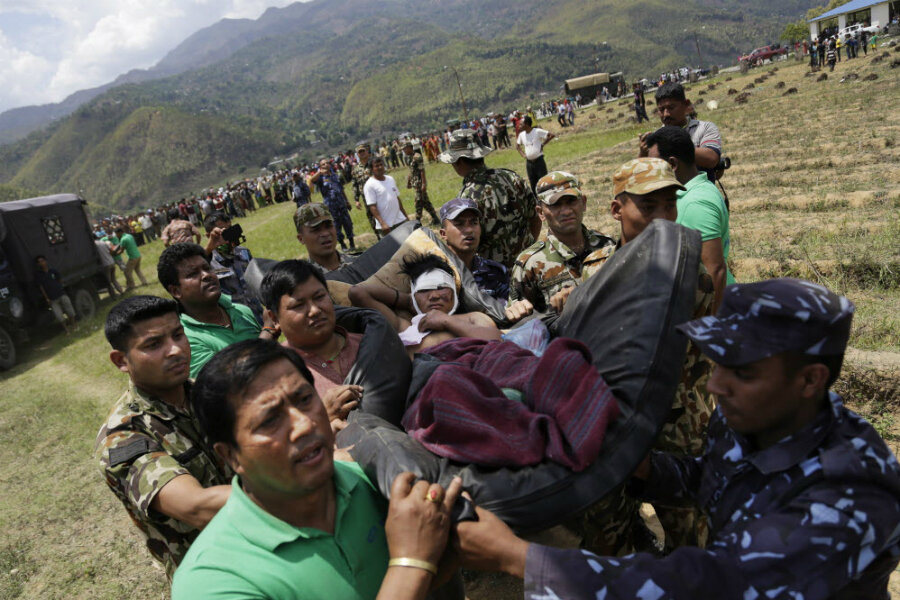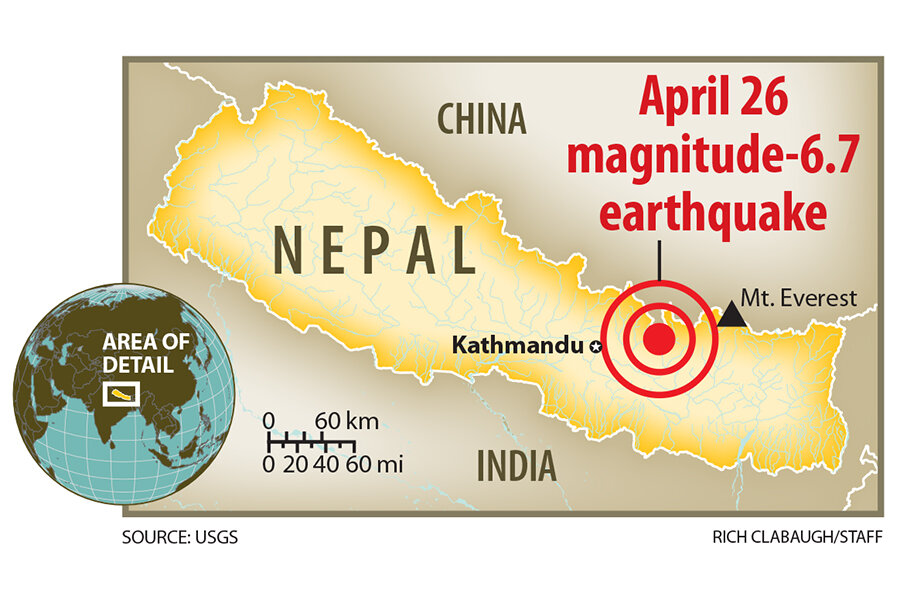T-Mobile offers free calls to Nepal, but will they get through?
Loading...
In an effort to connect people with their loved ones affected by the devastating earthquake in Nepal, the wireless operator T-Mobile has announced that all voice calls and texts to and from the Himalayan country will be free of charge.
"Our sympathies go out to those affected by this tragedy," says the T-Mobile press release announcing the free service, which will run until May 16.
But will those calls and texts actually get through? As FastCompany noted in 2013 following the Boston Marathon bombings, cellular network providers are often unable to cope with the surge of traffic that typically follows a disaster. As FastCompany reports, after the bombing in Boston, Verizon encouraged users to communicate via SMS or email, which uses far less bandwidth.
Nepal's wireless communication infrastructure is not, to say the least, as robust as that of Boston, but it still serves a large number of Nepalese people. The CIA World Factbook classifies Nepal's network as "fair," with 90 percent of the population living in areas that covered by a network. There are more than 18 million cell phones in Nepal, out of a population of nearly 28 million.
But as UNICEF notes, the quake in Nepal knocked out power and cellular networks in many areas.
"The earthquake damaged cell towers and we understand they came back on on Sunday, but coverage continues to be sporadic," Ann Shannon, Public Relations Director at Global Rescue tells the Monitor. "The main problem we're seeing is the lack of electricity is not allowing people to charge their electronic devices."
CNN reported that communication networks have been damaged and outsiders are turning to social media to help locate their family members.
Tech companies are stepping in to help Nepalis notify their loved ones that they are safe. Google has launched a person tracker that was monitoring roughly 6,200 people at the time of this writing. For Facebook users in Nepal, the social network has activated its “Safety Check” feature, which sends the user a notification asking if he or she is safe. Here's how the Monitor’s Rowena Lindsay describes it:
The concept is simple: When a user logs on to Facebook, the site attempts to determine his or her location. If it is concluded to be an area affected by a disaster, the site will ask the user to confirm that he or she is safe. Site users will be notified when their friends check in as 'safe.'
Facebook launched the service last October after noticing how many people used Facebook to locate friends and relatives after the 2011 earthquake and tsunami in Japan.
While Nepal scrambles to restore its communication infrastructure, T-Mobile suggests a few text messages you can send in the meantime, to donate money to relief efforts.
- Save the Children – Text NEPAL to 20222 to donate $10 to Save the Children
- UNICEF – Text NEPAL to 864233 to donate $10 to UNICEF
- World Vision – Text NEPAL to 777444 to donate $10 to World Vision







